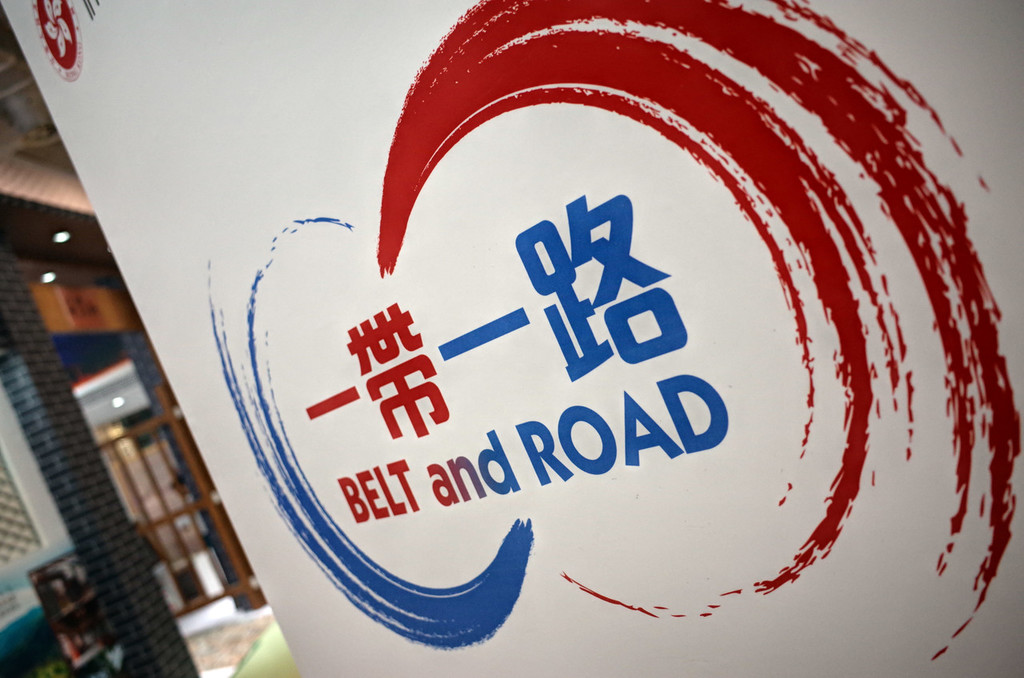
The Belt and Road, after 10 years of operation, has achieved the status of the ancient Silk Road, raised its brand status and become one of the biggest protagonists and practitioners of economic globalization.
The evolution of this Chinese initiative has taught the international community many lessons. Among them, two are inspiring and revealing. First, the Belt and Road Initiative has prompted many global power rivals to take parallel steps to develop similar ideas while raising new concerns for promoting high-quality development, environmental sustainability, and social progress. Second, the initiative is not only expanding its reach; It also pioneered a leading cooperation mechanism that made modernization a new driver of globalization.
The Belt and Road Initiative has inspired other economies to launch similar initiatives to advance economic development at the regional and global levels. For example, India and Japan announced the „Asia-Africa Growth Pathway” in 2016, the United States, Australia, Japan, the United Kingdom and the Organization for Economic Co-operation and Development developed the „Blue Dot Network” in 2019, and the G7 member states agreed to „Build Back a Better World” in 2021. ” initiative and launched the Partnership for Global Infrastructure and Investment in 2022 to raise $600 billion in global infrastructure investments by 2027, and the EU proposed a “global gateway” to smart, clean increases in 2021. Secure connections in the digital, energy and transport sectors and strengthen education, health and research systems around the world.
These initiatives are at different stages of development and have varying degrees of global involvement, sometimes with very little success, but they all share a common thread: promoting values globally and driving globalization. As European Commission President Ursula van der Leyen said, the Global Gateway will „facilitate smart investments in quality infrastructure, in line with the EU's values and standards, respecting high social and environmental standards. The Global Gateway strategy is a template for how Europe can create more flexible connections with the world.” „
A recent example of such an initiative is the „India-Middle East-Europe Economic Corridor” launched by France, Germany, India, Italy, Saudi Arabia, the United Arab Emirates, the United States and the European Commission at the G20. A summit was held in New Delhi last year to connect Europe, the Middle East and Asia.
More importantly, the Belt and Road Initiative challenges the monopoly of the West in the post-war world order, as it represents a framework of collective practices that present quasi-global solutions to common global problems. At the opening ceremony of the Third Belt and Road Forum for International Cooperation, China's top leader stressed that Belt and Road cooperation has grown from physical connectivity to institutional connectivity.
China has formulated important guiding principles for high-quality Belt and Road cooperation, including „planning together, building together and benefiting together”, the philosophy of open, green and clean cooperation, and pursuing „upward”. -Quality, people-oriented and sustainable cooperation”. One of the strongest arguments in favor of the initiative, apart from its scale and economic leverage, is its clear contribution to global economic growth, which will help realize the United Nations 2030 Agenda for Sustainable Development.
All these initiatives aim to connect markets and production centers around the world to ensure seamless flow of goods and raise social capital. Similarly, all initiatives are committed to protecting the environment, improving governance and pursuing sustainable development. But what distinguishes the Belt and Road Initiative from non-Chinese global initiatives is that the former adapts to new challenges, for example, promoting digitalization, raising product and service quality, changing technologies, improving industrial efficiency, better security. Promote environmental, energy security conservation and management, and promote subsidiary initiatives such as the Global Development Initiative, the Global Security Initiative and the Global Civilization Initiative.
Furthermore, the Belt and Road Initiative does not present itself as a model of realizing modernization and globalization to be copied by current and potential partners. It presents a set of interwoven perspectives, making greater efforts to create a just and equitable global economic order by promoting joint ventures, people-to-people exchanges, investing in development projects, and ending the dominance of the US dollar in global trade.
The Belt and Road is a framework initiative that seeks inclusive and inclusive market access with an innovative global vision and promotes globalization as an alternative to the US-led monopolistic economic and trade order. The Belt and Road Initiative has not only inspired other economies to launch similar trade and development initiatives, but has also captured the imagination of most countries as it promotes a framework for cooperation rather than adopting a „buy or leave” approach.
The Belt and Road is a leading global initiative and a framework for global cooperation, encouraging other global powers to launch similar initiatives, and promoting modernization and global economic growth based on a shared vision.
The author is an Associate Professor at the University of Macau (China). The views do not necessarily reflect those of China Daily.
If you have specific expertise or want to share your thoughts on our stories, please send us your writings to comment@chinadaily.com.cn and comment@chinadaily.com.cn.

. „Gracz. Namiętny pionier w mediach społecznościowych. Wielokrotnie nagradzany miłośnik muzyki. Rozrabiacz”.
